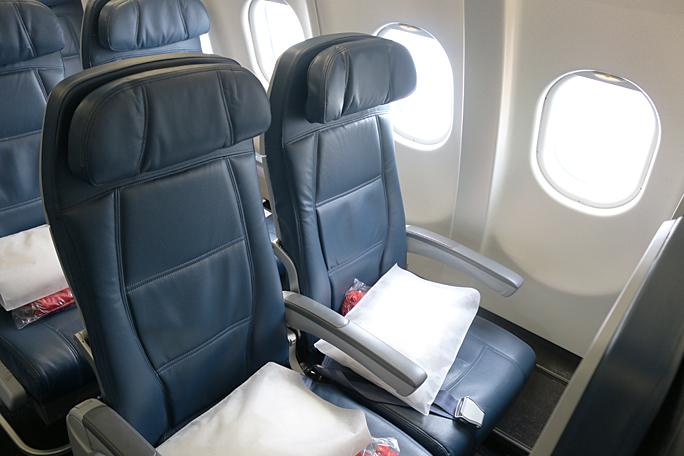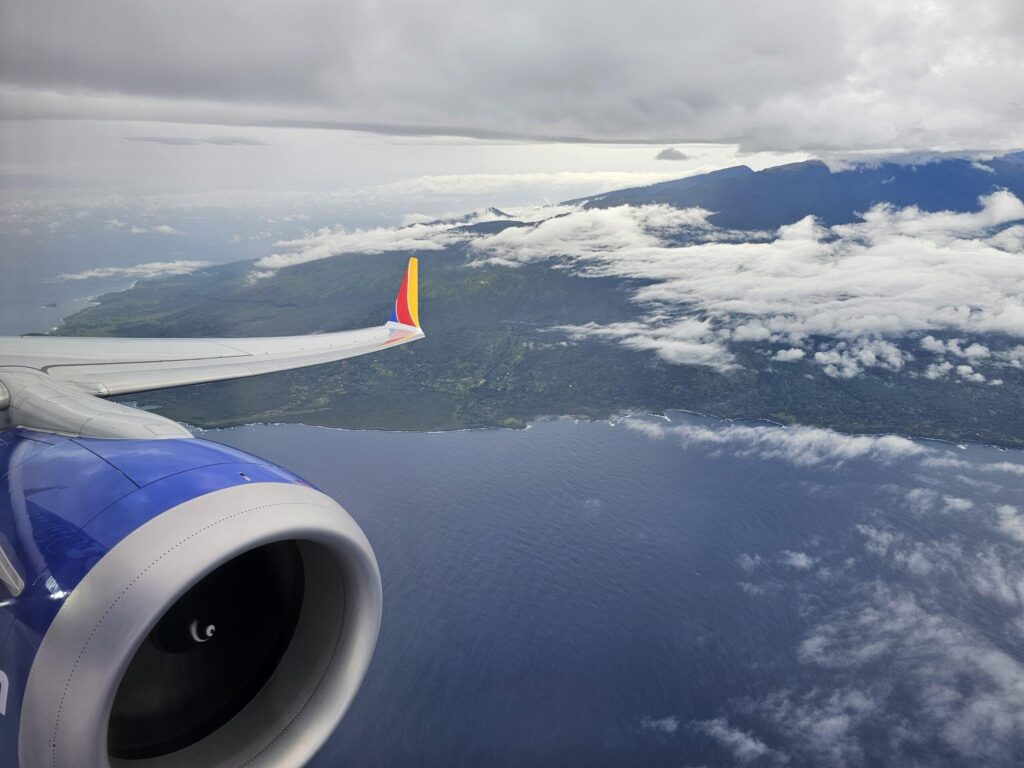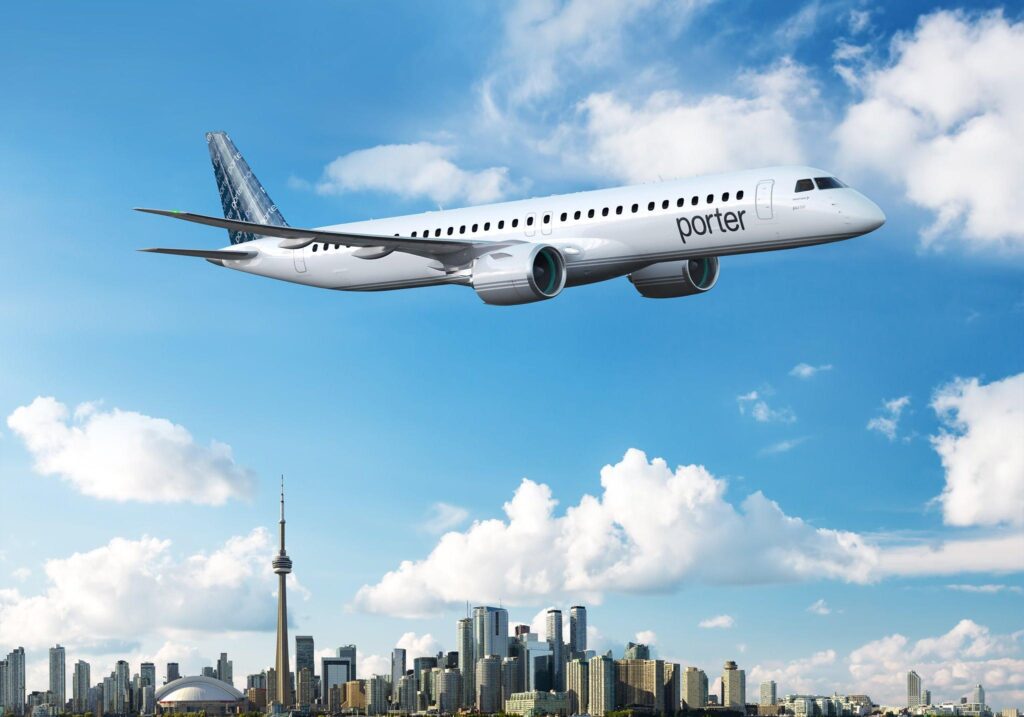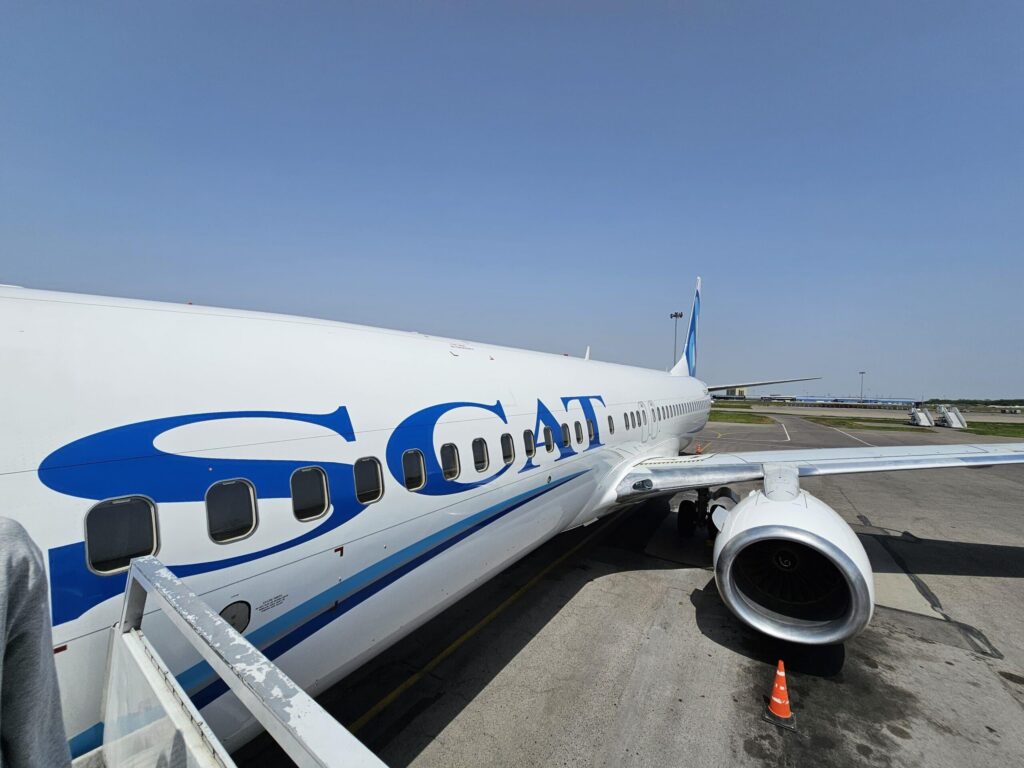
Flight and Rail Strikes: How Europe’s Frequent Flyers Stay Prepared
I’ve observed that travel in Europe keeps evolving, and in 2025, nothing seems to cause more last-minute changes than strikes across flights, rail lines, and even public transport. I’ve encountered canceled flights myself, and it taught me how quickly a carefully planned itinerary can unravel when transport workers walk out. This guide blends my experience and curiosity with actionable advice, so you can prepare for potential disruptions—and still enjoy Europe’s many delights.
1) Widespread Strikes Affecting Air and Rail

From my travels, I’ve noticed that when airline personnel and rail workers strike in unison, the ripple effects pass through every layer of the travel ecosystem. A recent report from the European Travel Commission revealed that in 2024 alone, over 2,000 flight disruptions impacted travelers in Germany, Belgium, and beyond, demonstrating just how frequent these industrial actions have become. In my own journeys, a single strike not only scrapped my direct flight but also required a hasty reshuffle of train connections and hotel bookings.
I’ve found that the most realistic approach is to treat these strikes as a near-constant possibility. Keeping tabs on airline worker unions, reading up on scheduled rail maintenance, and checking local news sources can help you anticipate potential obstacles. In many instances, flights are not canceled outright but combined or rescheduled, leaving passengers scrambling for alternate routes. Planning ahead—and being ready to pivot—should be part of every traveler’s routine.
2) Major Hotspots: Italy, France, Netherlands, and More

Italy, France, and the Netherlands stand out as particularly challenging for travelers, as I’ve learned from multiple experiences traveling through these regions. Strikes aren’t limited to just flight crews; sometimes, ground staff, security personnel, or rail conductors decide to organize large-scale walkouts around the same time. This conglomeration of disruptions can shutter entire airports or leave major rail lines idle for days. During one journey to Milan, I was forced to take an overnight bus when a rail strike coincided with protests at the airport—talk about an exercise in patience!
In France, I frequently hear about regional transport authorities like SNCF or RATP announcing sudden changes. According to industry data, France experienced a 12% increase in labor-related disruptions over the past year, prompting many airlines—like EasyJet—to adjust schedules or offer vouchers for customer rebooking. From what I’ve observed, the bigger your margin for error, the less likely you’ll be blindsided by a sudden shift. Keeping yourself open to ferries, regional flights, or even car rentals can help you bypass stalled networks and salvage your travel plans.
3) Prepare with Extra Time, Flexibility, and Insurance
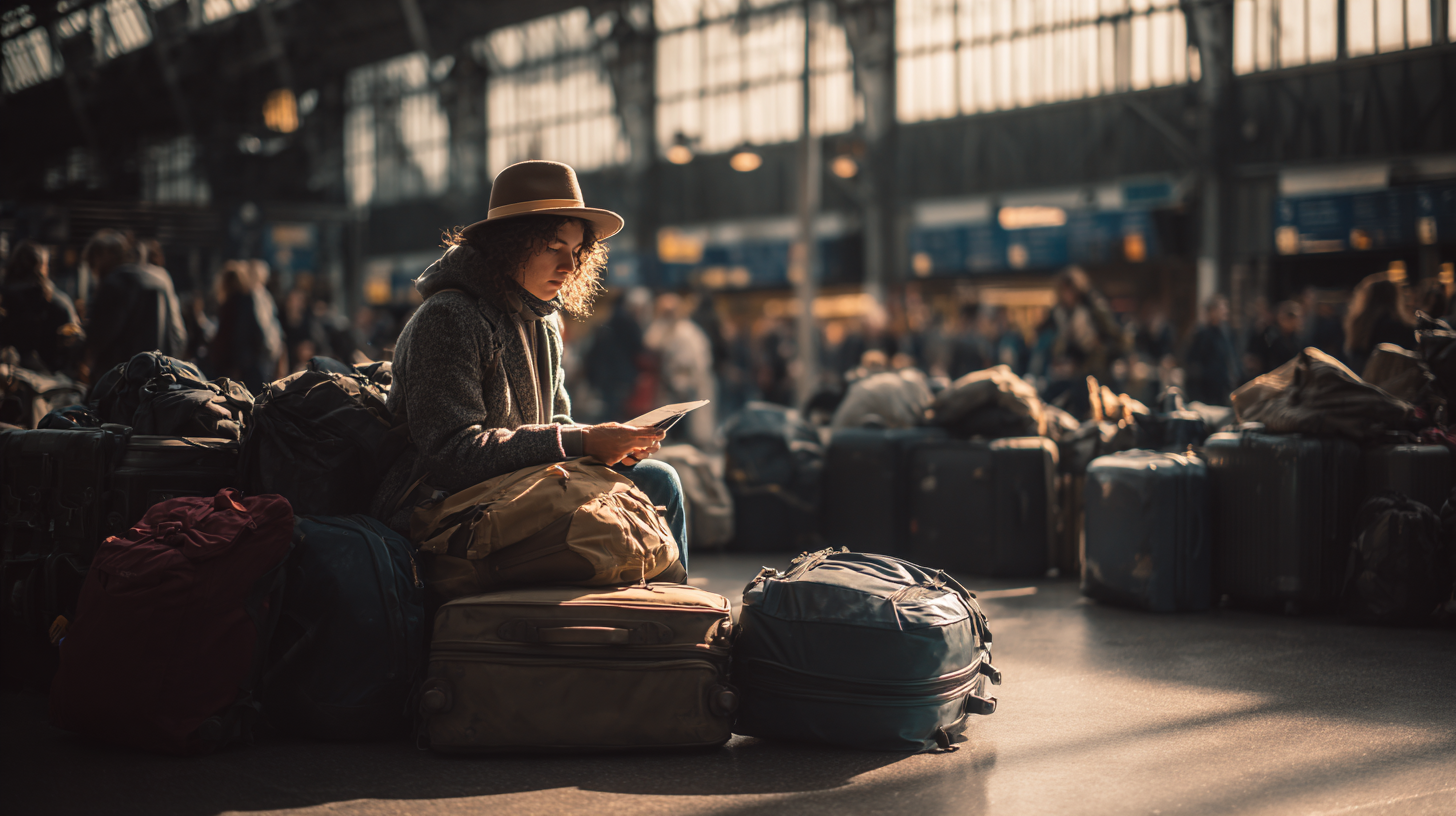
One thing I’ve learned from doing countless trip analyses is to build enough of a buffer around every key connection. I remember missing a Geneva-bound flight because I hadn’t predicted how long the security lines would be on a strike day. Instead of arriving just two hours early, plan on three or four, especially when labor strikes are in the news. Airports might close certain security lanes, or trains could run less frequently, making it tougher to reach your boarding gate on time.
Flexibility is an asset when traveling under these conditions. I recommend considering alternate routes—even if they involve a layover in an unexpected city or a ride on a long-distance bus. Travel insurance is indispensable, too, and you should comb through that fine print to understand what your policy covers regarding industrial actions. If you’re a frequent flyer, some loyalty programs also have perks that might minimize your hassle, like priority rebooking or complimentary lounge access, which provides a safe haven when your schedule goes haywire.
4) Compensation and Discounts for Travelers

Airlines, rail networks, and even bus operators in Europe often align with regulations that dictate passenger rights. I’ve benefited from this in the past, receiving a partial refund when my train was delayed more than an hour on a French rail line. According to data from the European Commission on Mobility, around 80% of disrupted travelers are eligible for some form of compensation or free rebooking, though not everyone claims these perks. My advice? Always ask. You might be surprised at how cooperative operators can be when you’re calm and have the right documentation.
There’s also the notable 20% discount on certain travel Passes valid from September 1, which can help travelers save on flexible itineraries. I’ve personally used these Passes to zigzag across multiple countries, reshuffling destinations when I heard of impending strikes. If disruptions become significant enough, you may want to explore rebooking on alternate carriers or requesting full refunds. While the process takes patience, it’s a well-deserved safety net when protest actions threaten to undo your travel plans.
5) Looking Ahead: Ongoing Disruptions and a Silver Lining

December and January in Europe are prime months for industrial actions. My experience shows that major seasonal holidays or periods leading into the new year often coincide with heightened demands from worker unions. In Italy and France particularly, air, rail, and ferry services can all run on significantly reduced timetables. Being ready for those tumultuous travel blocks can help you clinch a well-timed booking or find a less crowded alternative route, which I’ve done successfully by monitoring official airport announcements.
Even as strike actions persist, I see pockets of opportunity. Some regions in Spain, such as Extremadura, have introduced incentives like up to €15,000 for digital nomads. While that doesn’t negate the inconvenience of strikes, it demonstrates how Europe is adapting by introducing creative offers to draw people in. Ultimately, if you maintain a strategic mindset, build flexibility into your itinerary, and keep a compassionate perspective toward the workers on strike, you can still have a fulfilling journey—even during the most unpredictable travel months.
Final Thoughts

I believe that staying informed and ready for last-minute changes is the best armor against strikes. Industrial actions will keep happening as long as workers feel compelled to advocate for better conditions, so adapting your attitude and having a Plan B (and sometimes Plan C) is the key. Keep in mind that what might seem like an inconvenience could also be an unexpected chance to explore a new city or travel method.
Understanding your rights—whether through airline regulations or rail rules—also goes a long way. You’ll have more confidence approaching gate agents or conductors if you know precisely what you can request in compensation or assistance. And maybe, just maybe, these disruptions can become memorable stories you’ll share over dinner with fellow travelers down the road.
Brad Lightall’s Take
Approach every trip as if it’s a mini-expedition where surprises are bound to pop up. I treat my itineraries like living, breathing things that always have room for improvement—extra hours, backup plans, or alternative routes.
If you remain calm, track real-time news updates, and keep a flexible mindset, even the messiest strike can transform into an unplanned escapade that you’ll appreciate in hindsight. There’s something exhilarating about beating the odds and making it to your destination, strikes and all.
For more insider tips and real-time travel updates, stay connected with BoardingArea.

